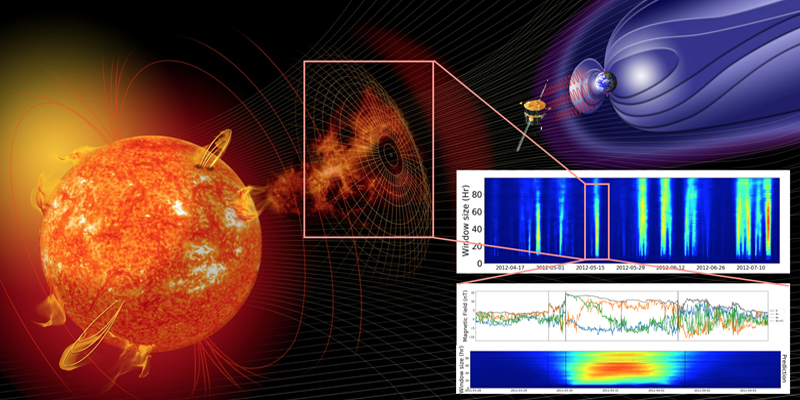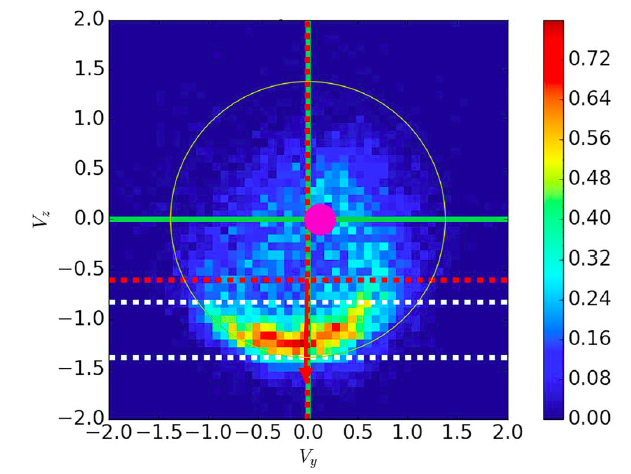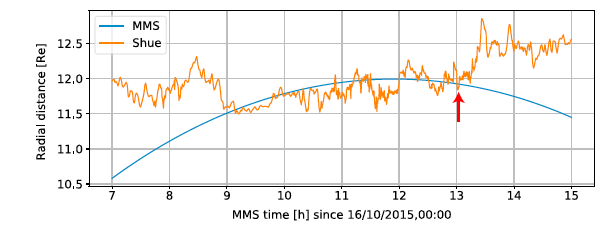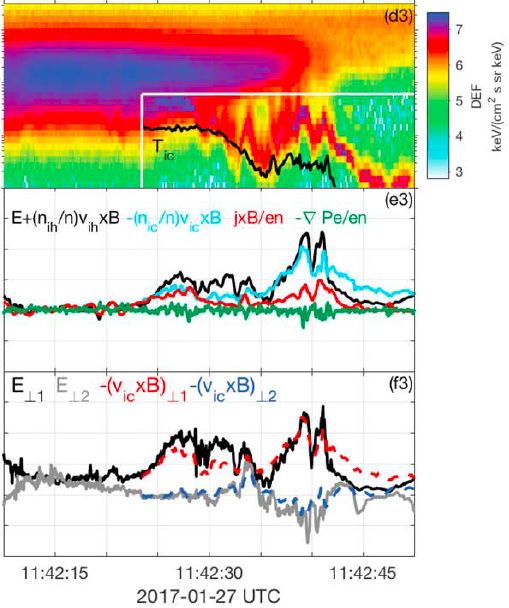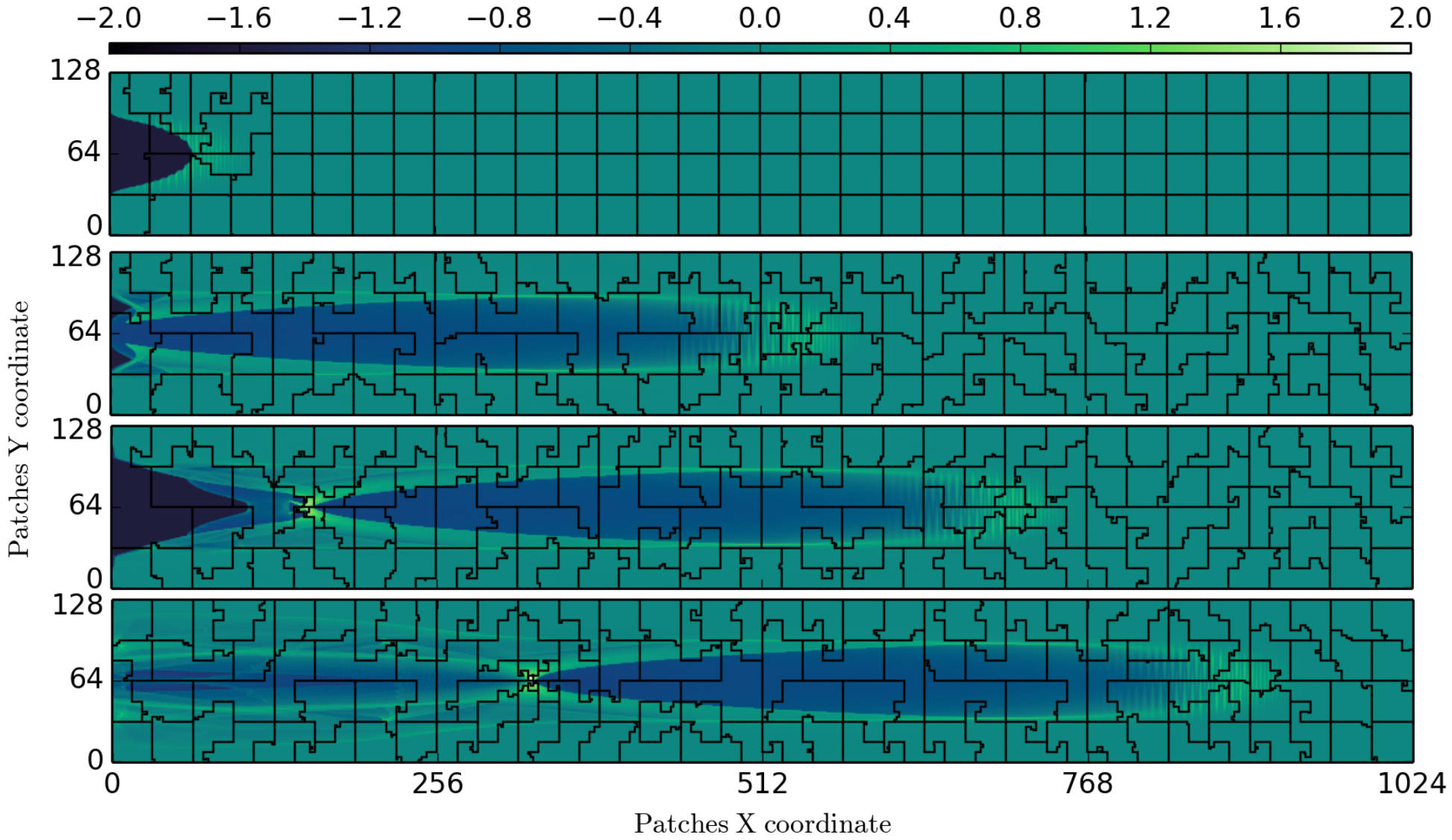Automatic Detection of Interplanetary Coronal Mass Ejections from In Situ Data: A Deep Learning Approach
Gautier Nguyen, Nicolas Aunai, Dominique Fontaine, Erwan Le Pennec, Joris Van den Bossche, Alexis Jeandet, Brice Bakkali, Louis Vignoli, and Bruno Regaldo-Saint Blancard The Astrophysical Journal, Volume 874, Number 2 doi : https://doi.org/10.3847/1538-4357/ab0d24
Decades of studies have suggested several criteria to detect interplanetary coronal mass ejections (ICME) in time series from in situ spacecraft measurements. Among them, the most common are an enhanced and smoothly rotating magnetic field, a low proton temperature, and a low plasma beta. However, these features are not all observed for each ICME due to their strong variability. Visual detection is time-consuming and biased by the observer interpretation, leading to non-exhaustive, subjective, and thus hardly reproducible catalogs. Using convolutional neural networks on sliding windows and peak detection, we provide a fast, automatic, and multiscale detection of ICMEs. The method has been tested on the in situ data from WIND between 1997 and 2015, and on the 657 ICMEs that were recorded during this period. The method offers an unambiguous visual proxy of ICMEs that gives an interpretation of the data similar to what an expert observer would give. We found at a maximum 197 of the 232 ICMEs of the 2010–2015 period (recall 84%±4.5%), including 90% of the ICMEs present in the lists of Nieves-Chinchilla et al. and Chi et al. The minimal number of False Positives was 25 out of 158 predicted ICMEs (precision 84%±2.6%). Although less accurate, the method also works with one or several missing input parameters. The method has the advantage of improving its performance by just increasing the amount of input data. The generality of the method paves the way for automatic detection of many different event signatures in spacecraft in situ measurements.
